Description
The US Model 1852 Naval Officer’s Sword was first introduced in the 1850’s, yet remains
the standard sword of US Navy officers. Over the years, however, there have been some
changes, primarily in the blade. Civil War era examples have broad blades, usually more
than 1″ in width, while over time the width of the blades decreased. Later examples also
usually feature nickel-plated blades, sometimes with gilt accents. The basic hilt and
scabbard styles, however, have remained relatively unchanged. This pre-WWII example
features the standard gilt cast brass hilt with openwork acanthus design and “USN” in a
ribbon; scrolled quillon of sea serpent form; integral knuckle bow decorated ensuite and
joining the Phrygian helmet-shaped pommel with acanthus, stars and an eagle. Grip
covered with sharkskin and brass wire wrap. Slightly curved 30″ single-edged nickel-plated
blade profusely etched with foliage, stars, anchors, “USN”, and owner’s name “L.C.
Chamberlin” in Old English letters; retaining traces of gilt accents. Ricasso with “PROVED”
in gold in the center of a six-pointed star. Hilt retains an attached original gold bullion
portapee. Original black leather-covered scabbard with brass mounts; the throat engraved
with owner’s initials “L.C.C.”. Hilt near excellent, retaining traces of original gilding in
protected areas. Blade with some minor corrosion, primarily toward the point and not
affecting the etched decoration. Scabbard leather is dry and the seam is open along its
bottom half. This sword was likely obtained by Chamberlin when he became a First Class
Cadet at the US Naval Academy, which remains the practice today, and was used
throughout his career in the Navy.
Biography of Captain Leonard Cornelius Chamberlin
Leonard Cornelius Chamberlin was born in Everett, Massachusetts, on August 18, 1906,
the son of Lieutenant Commander Joseph Chamberlin, USN, Retired, and Mrs. (Annie
Roberts) Chamberlin. He was graduated from McKinley High School, Honolulu, Territory of
Hawaii, in June 1922, and a year later, after preparing at Werntz Preparatory School,
entered the US Naval Academy, Annapolis, Maryland. As a Midshipman he participated in
athletics (track, tennis, and lacrosse), and was a member of Musical Clubs. Graduated and
commissioned Ensign on June 2, 1927, he subsequently advanced to the rank of Captain,
with date of rank March 20, 1945.
Upon graduation from the Naval Academy, he was assigned to USS Omaha, in which he
served for two years as a junior office in the Gunnery, Navigation and Engineering
Department. He then had consecutive duty in gunnery and communications, on board USS
Doyen and USS Zane during the period June 1929 until December 1931. He attended the
Submarine School, New London, Connecticut, for six months to follow, and from June
1932 until June 1934 served as Executive Officer, Torpedo Officer, Engineer and
Communication Officer of the submarines USS S-19 and USS S-21
A student at the Postgraduate School, Annapolis, Maryland, for two years, he completed
the course in Mechanical Engineering at the University of California, at Berkeley, in June
1937, at which time he was awarded the degree of Master of Science. During the next four
years he had successive service afloat as Electrical Officer of USS Pennsylvania,
Engineer Officer of USS Shaw, and as Executive Officer of USS Tucker. In May 1941 he
reported to the Navy Yard, Pearl Harbor, T.H., where he was Shop Superintendent and
Machinery Planning Officer until September 1943, including the first part of World War II
and the Japanese attack on Pearl Harbor.
He next served as Assistant Chief of Staff for Logistics to Commander Destroyer, Pacific,
and after fitting out USS Hugh W. Hadley (DD 774), commanded that destroyer from her
commissioning November 25, 1944 until January 1945. During the latter months of the war,
he commanded Destroyer Division 96 in the western Pacific. He was awarded the Legion
of Merit with Combat “V,” and citation as follows: “For exceptionally meritorious conduct…(
in that command), from march 18 to May 4, 1945. Skillfully maneuvering the ships of his
division during hostile suicide air attacks, (he) delivered effective gunfire resulting in the
destruction of numerous enemy planes and kept damage to the vessels of his command to
a minimum. In addition, he furnished valuable reports concerning approaching hostile
planes which allowed the combat air patrol to conduct and destroy many aircraft and which
kept the main Task Group alerted against surprise attacks.
He was also awarded the Bronze Star Medal with Combat “V,” for “meritorious service as
Commander Destroyer Division Ninety-Six, operating as a screening and supporting unit of
Task Unit 34.8.1, during bombardments against enemy Japanese forces on July 14, July
29-30, and August 9, 1945…” The citation further states: “On July 14, during the first
bombardment of the Japanese Empire at Kamaishi, Honshu, Captain Chamberlin
contributed materially to the success of three of his destroyers in sinking one enemy
coastal cargo vessel and one barge. On the night of July 29-30, during the bombardment
of Hamamatsu, Honshu, and again on August 9, during the second bombardment of
Kamaishi, the ships under his command operated with distinction as part of the screen of
the bombardment group…”
In October 1945 he returned to the United States, and for twenty months thereafter served
as Shop Superintendent at the Naval Dry-docks, Hunter Point, San Francisco, California,
under cognizance of the Commandant, Navy Yard, Mare Island. He was a student at the
Naval War College from July 1947 until June 1948, after which he became Assistant Chief
of Staff, for Logistics, to Commander Naval Forces, Western Pacific. In July 1949 he was
detached for duty until January 1952 on the staff at the Naval War College, Newport,
Rhode Island There he served at the Naval War Logistics Department, Head of the
Department of Intelligence, and Secretary of the Department of Administration.
Again ordered to sea, Captain Chamberlin commanded USS Rockbridge from February to
September 1952, and for a year thereafter was Chief of Staff to Commander Amphibious
Group Four. In September 1953 he assumed command of Destroyer Squadron Four, and
on December 22, 1954 was ordered detached to his later duty as Chief of Staff and Aide to
the Commandant, Eleventh Naval District, at Headquarters, San Diego, California.
In addition to the Legion of Merit and the Bronze Star Medal, each with Combat “V,”
Captain Chamberlin has the American Defense Service Medal with stars; the
Asiatic-Pacific Campaign Medal with three stars; American Campaign Medal; World War II
Victory Medal; Navy Occupation Service Medal; China Service Medal; the National
Defense Service Medal; and the Philippine Liberation Ribbon. Chamberlin passed away
on 19 April, 1982, at the age of 75.

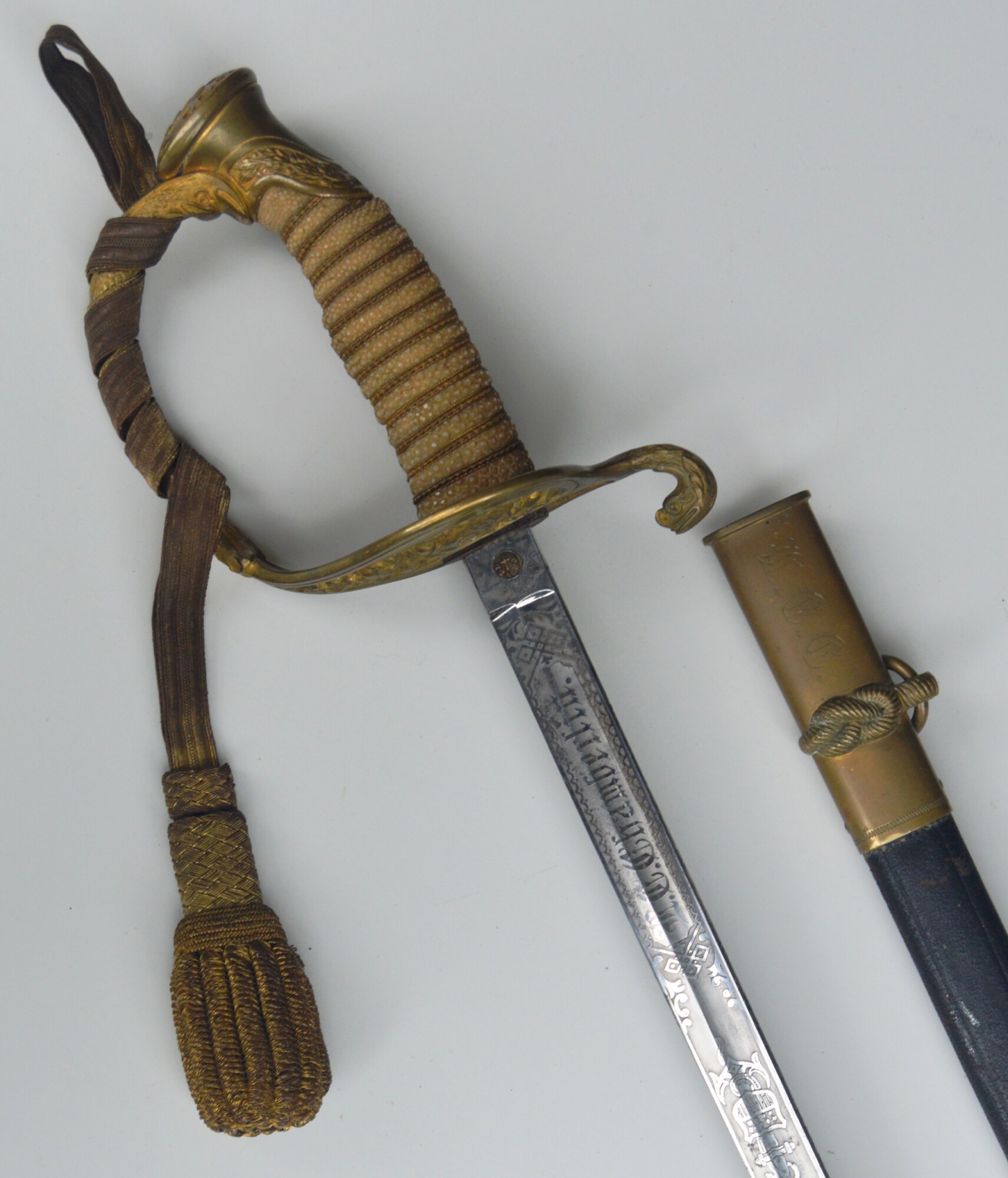
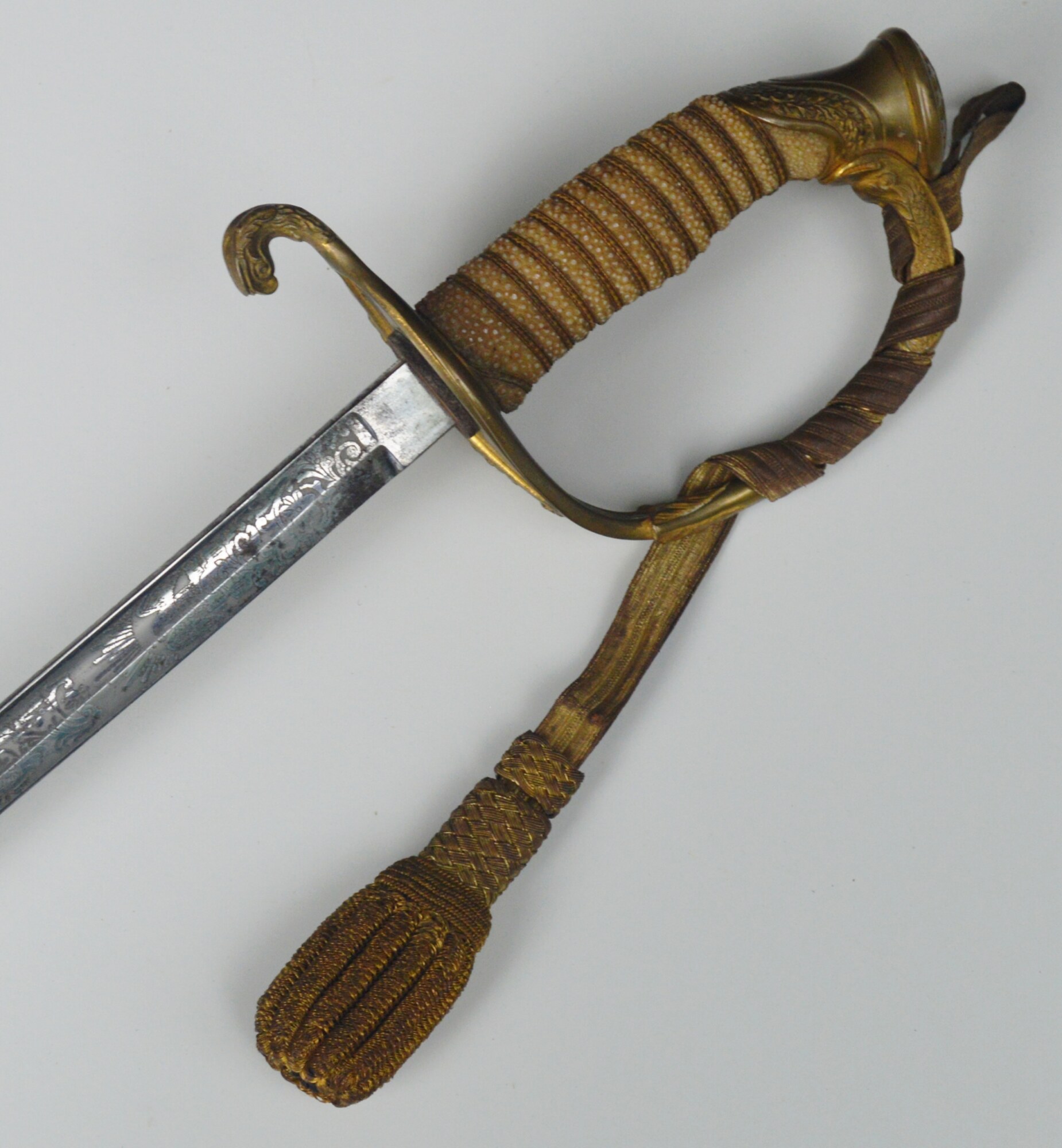

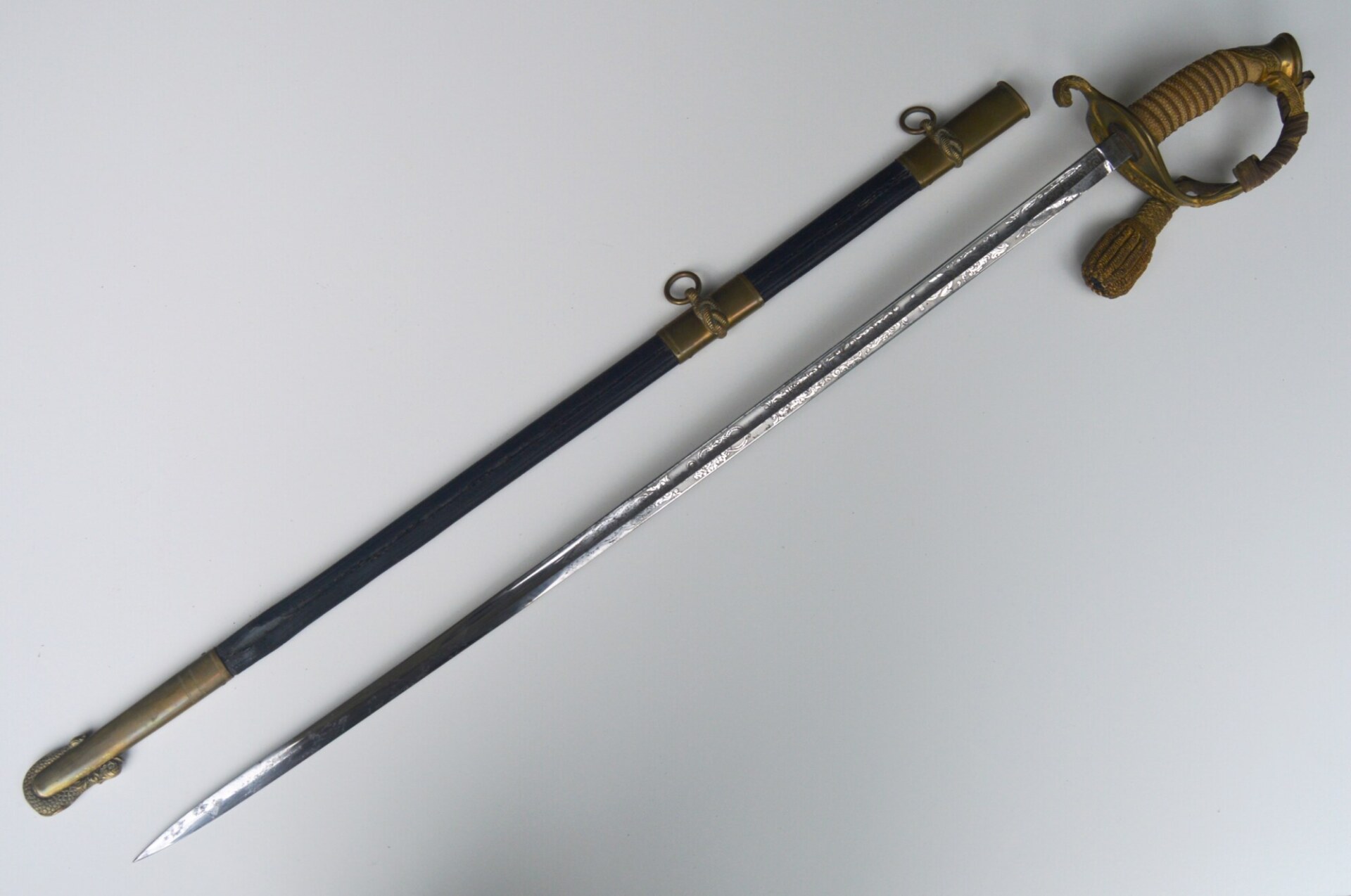

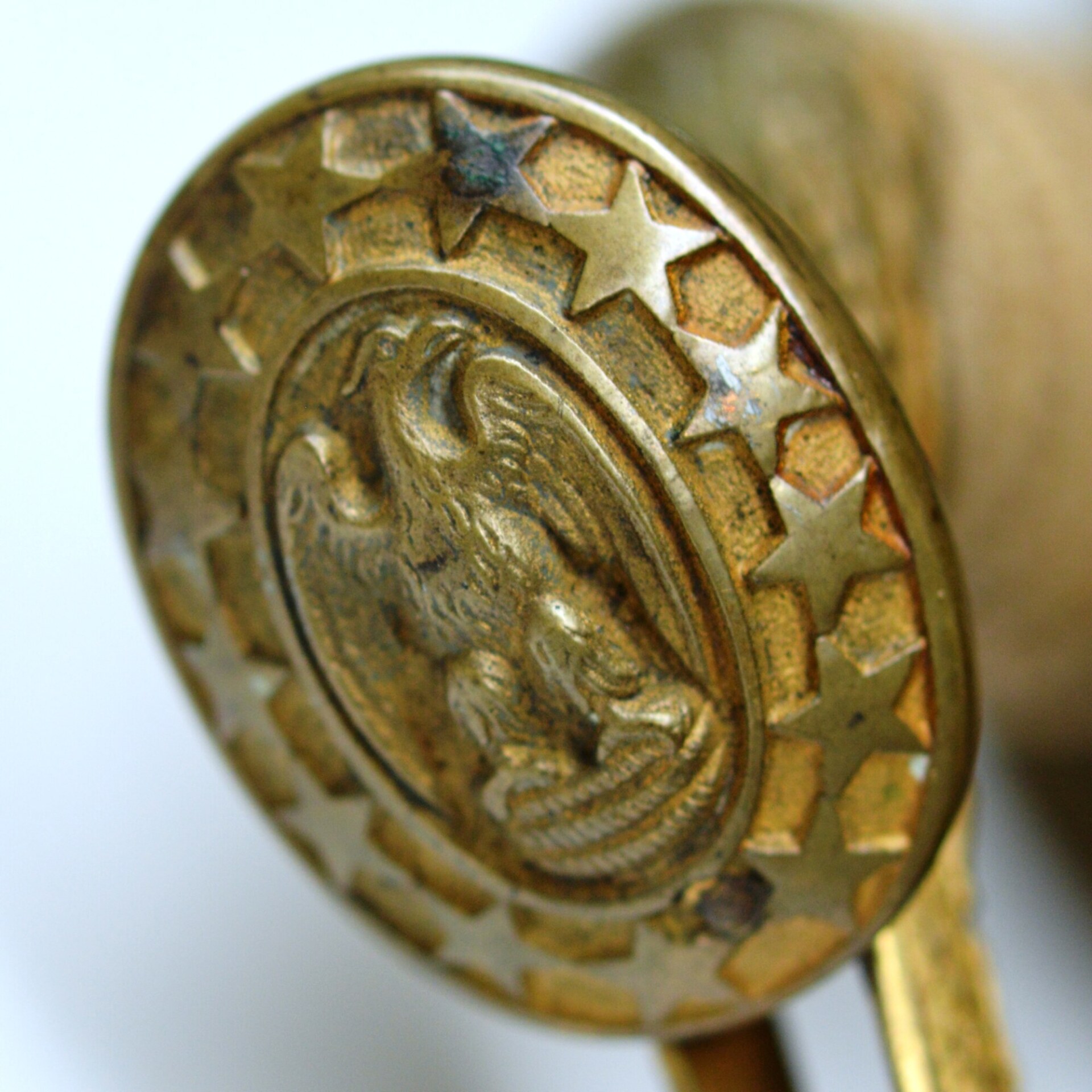


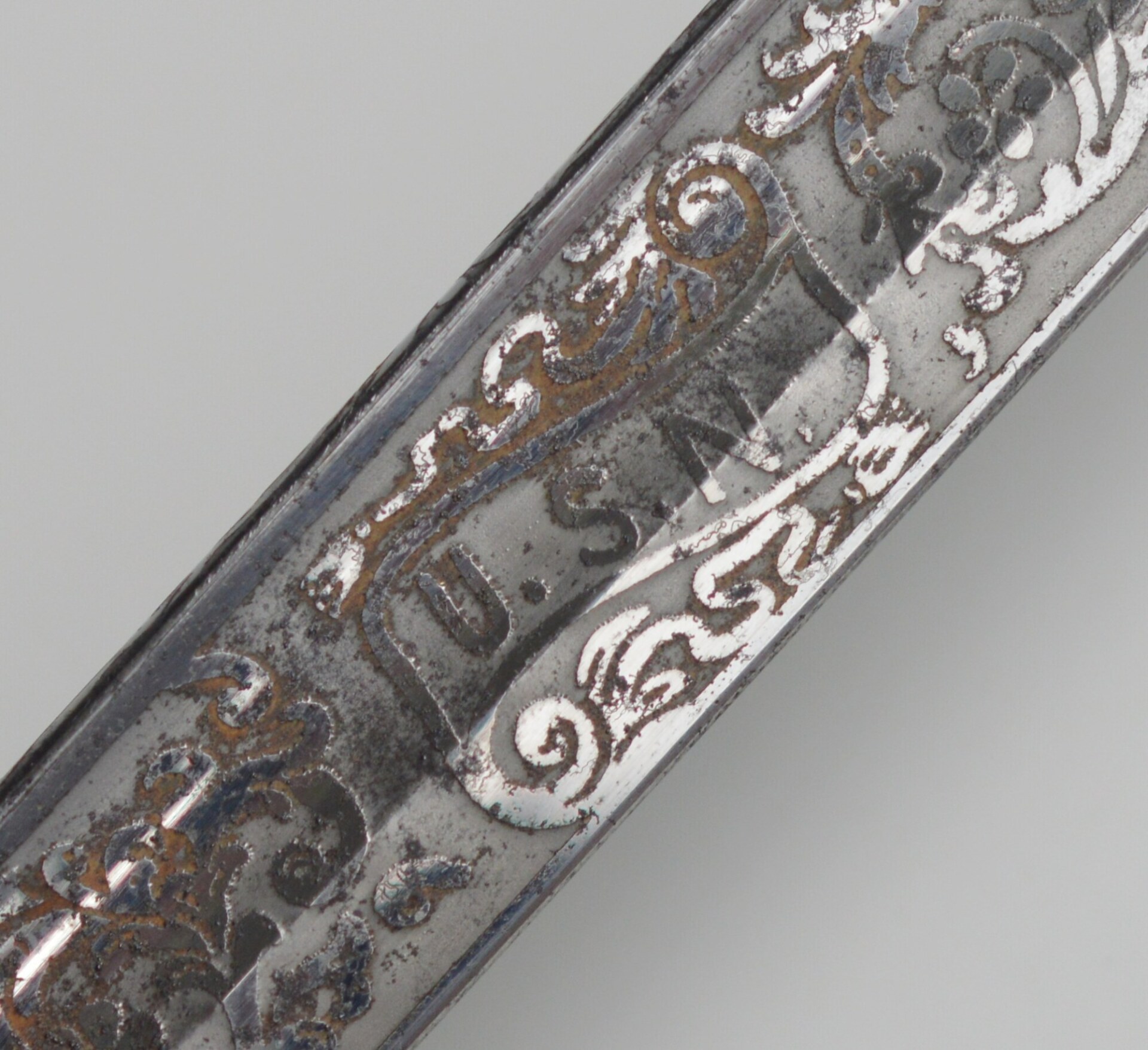
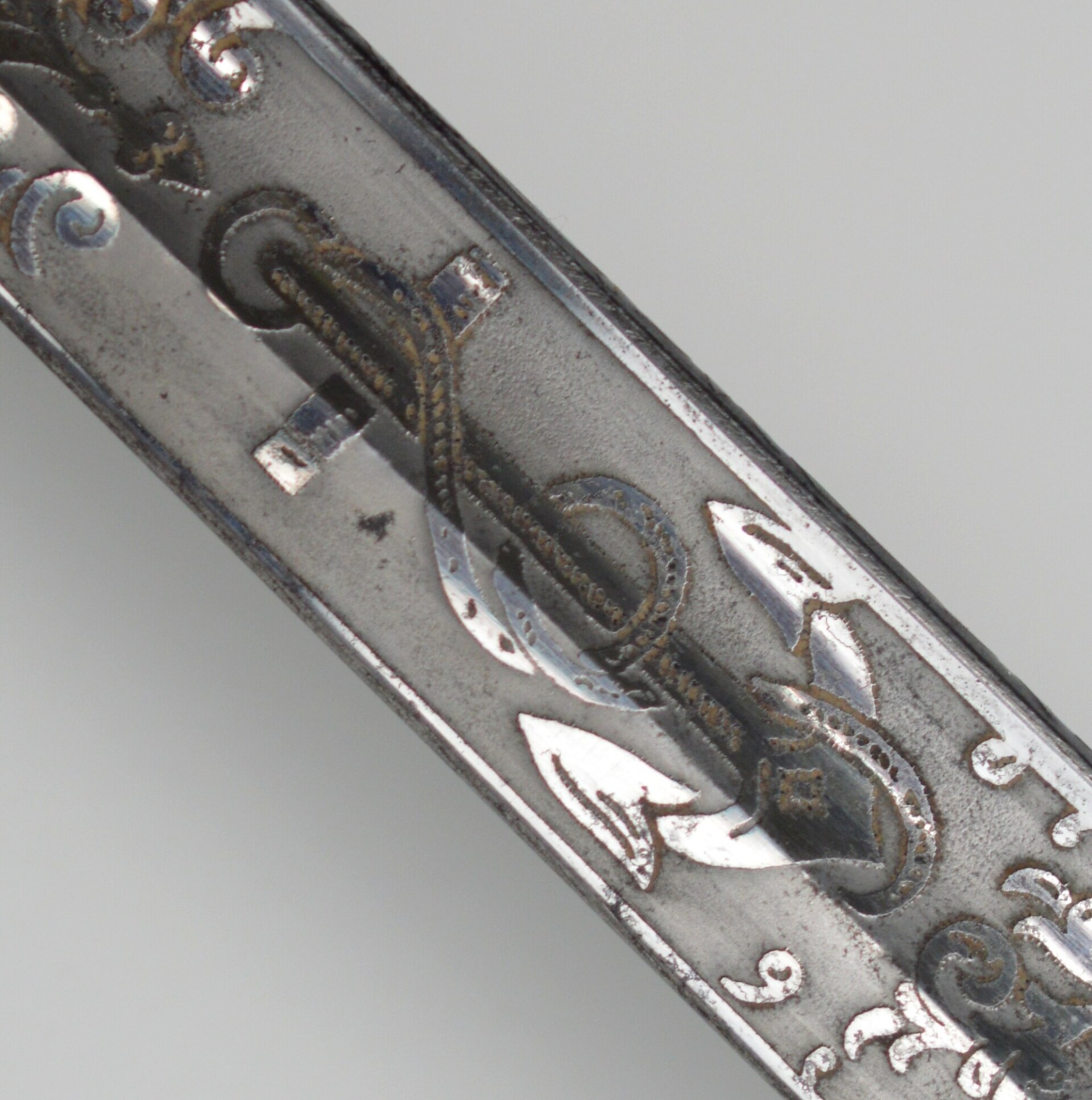
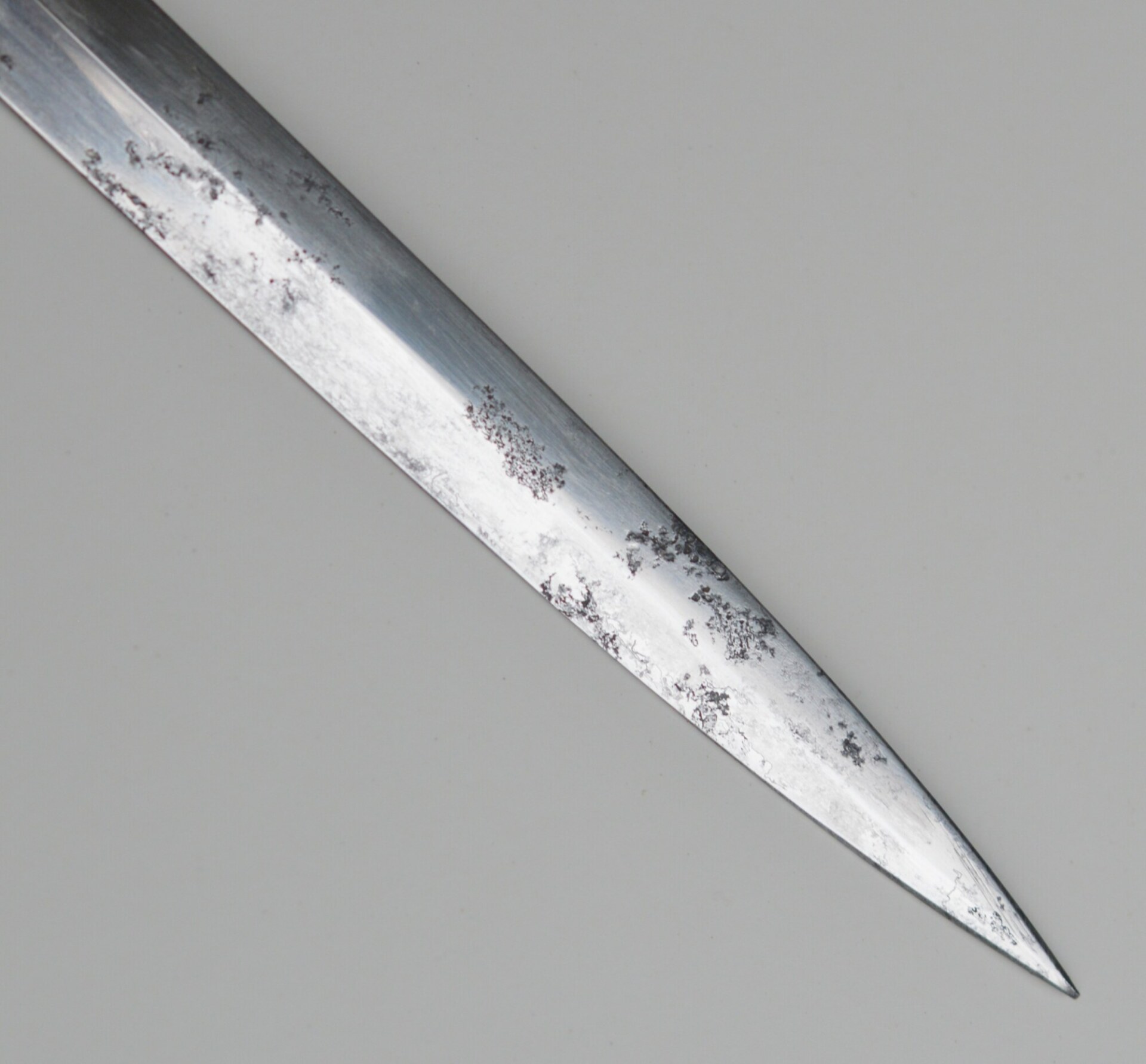
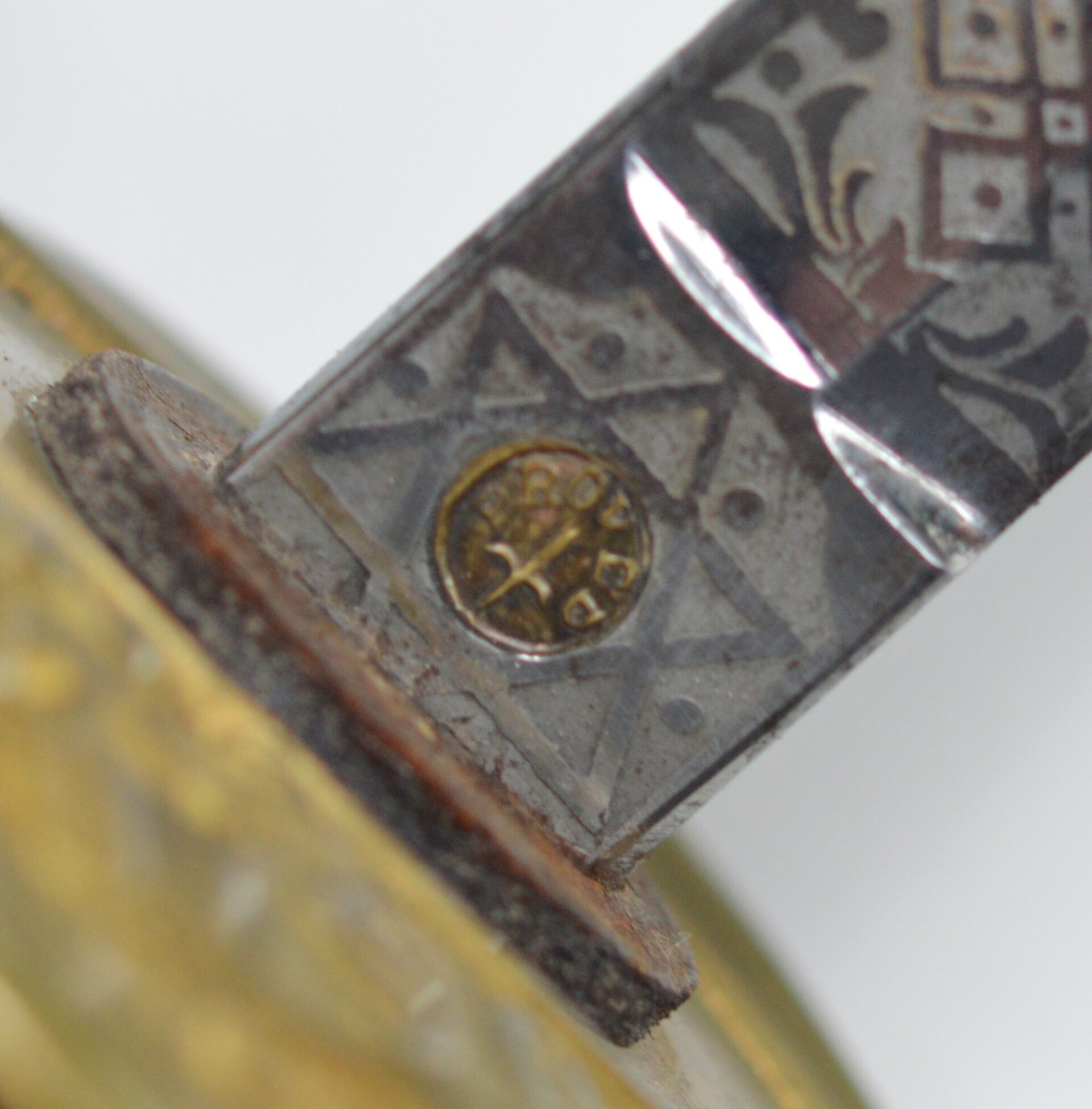
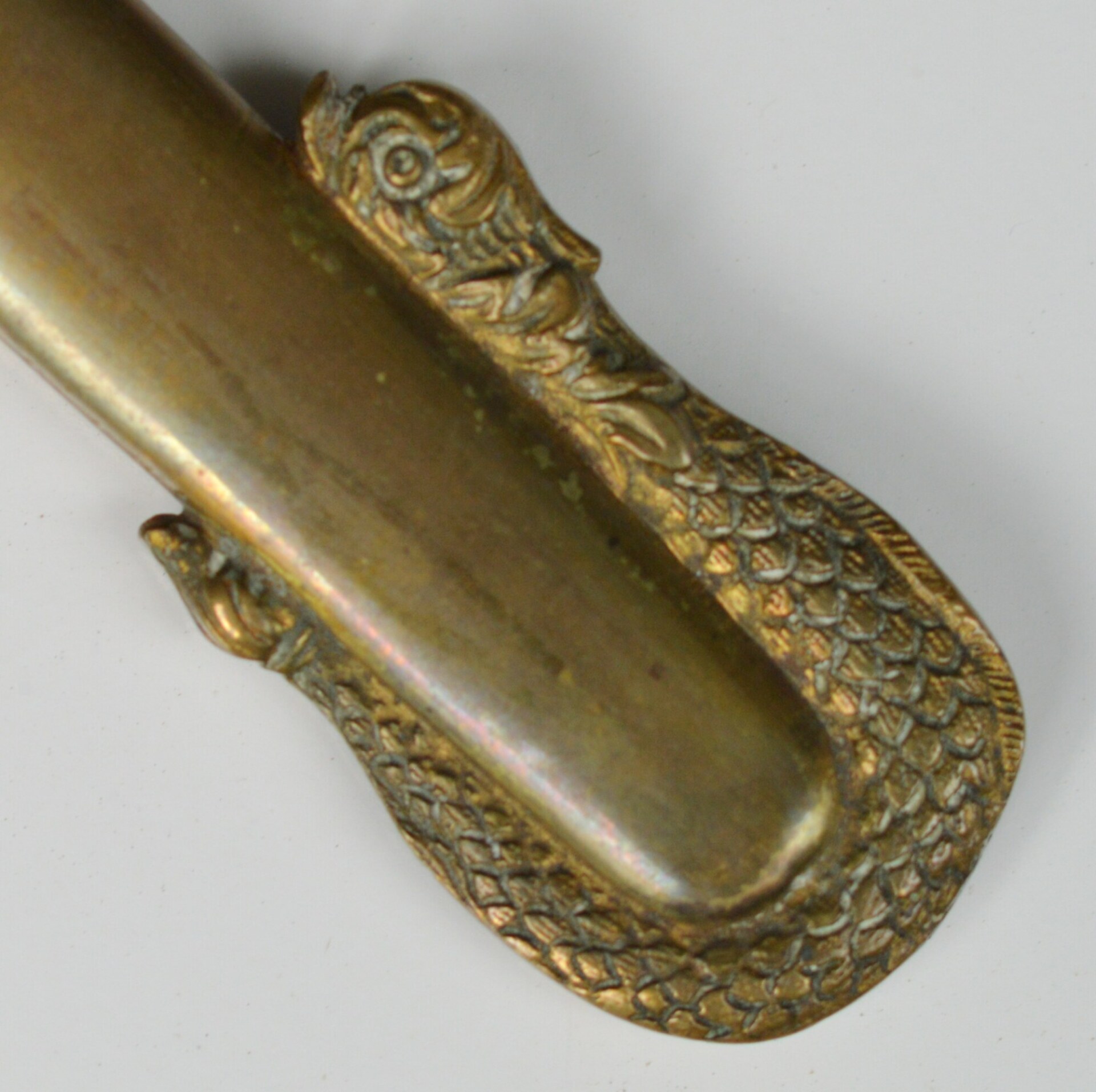
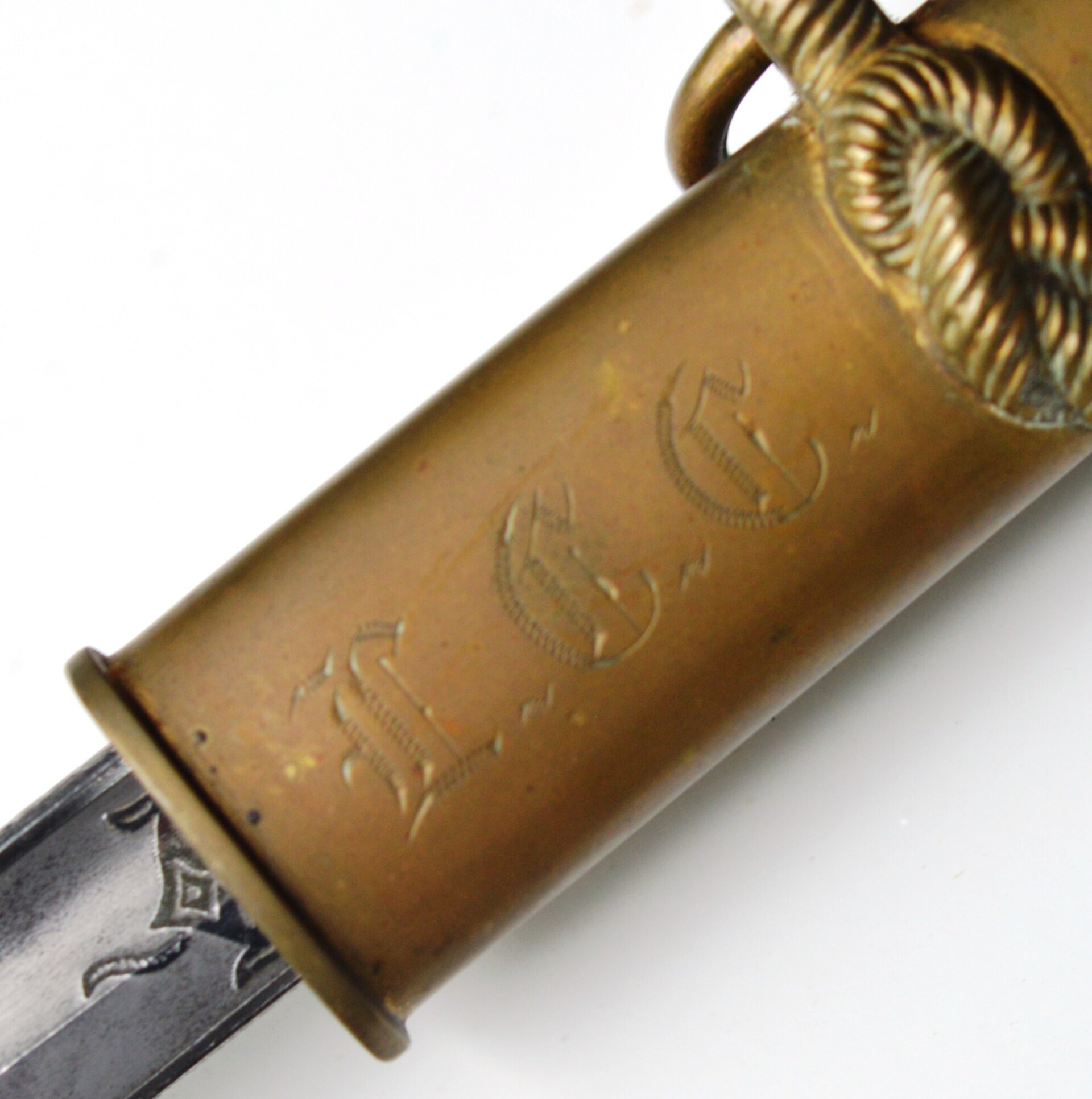

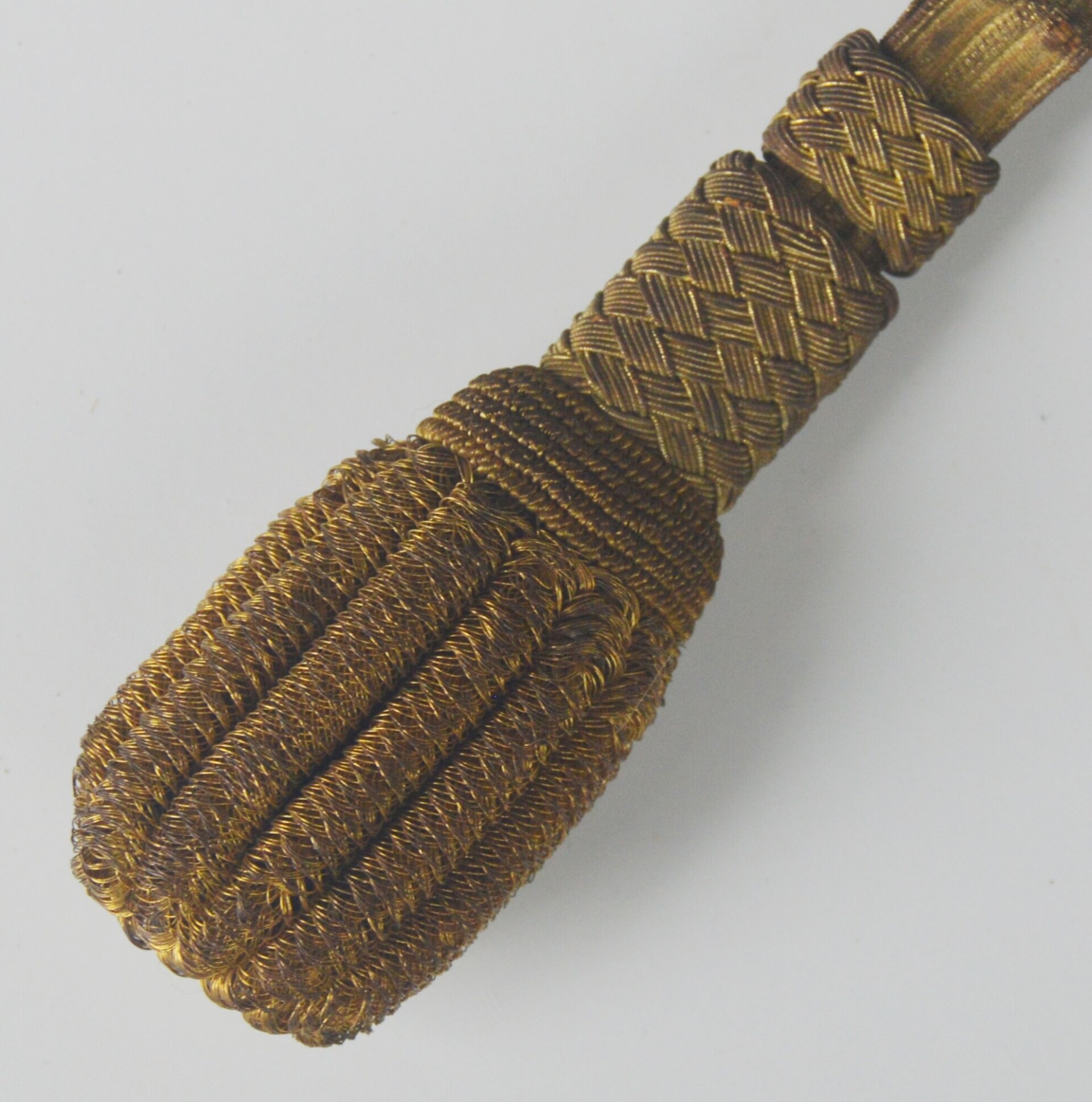
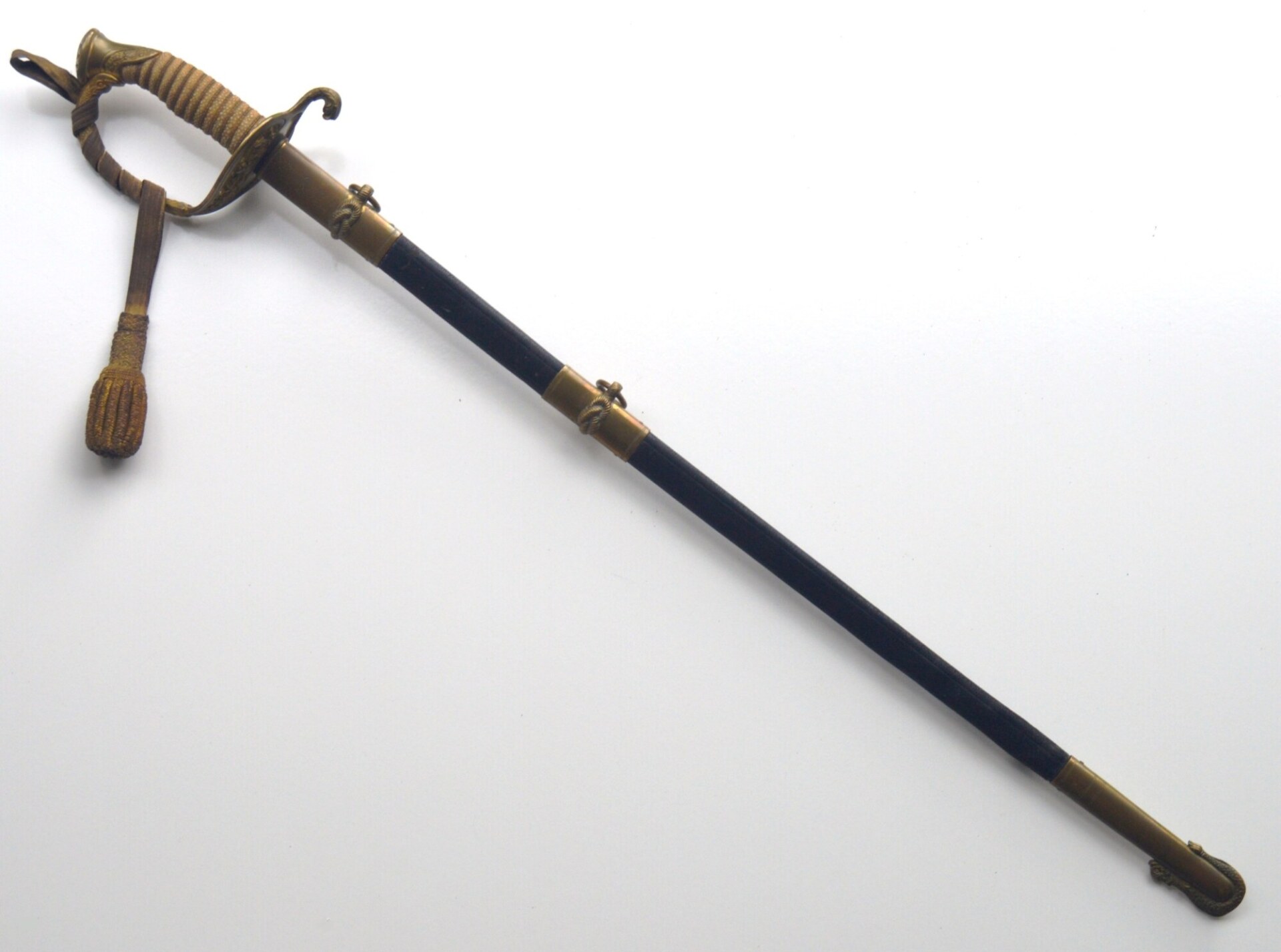
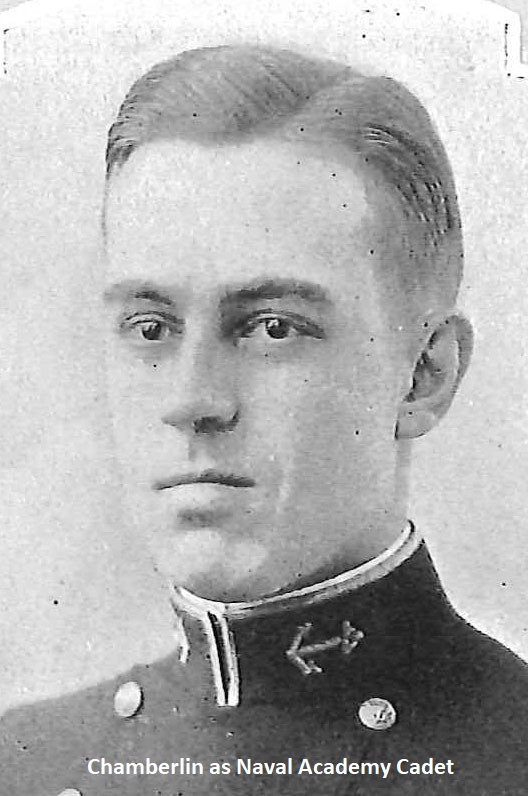
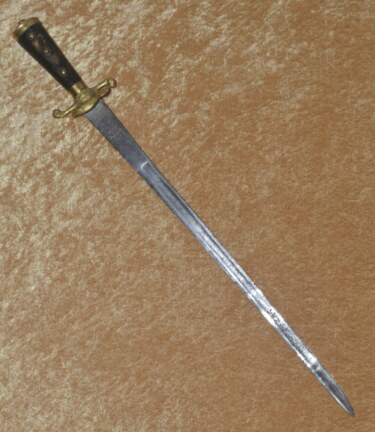 German Hunting Sword, Cutoe, ca. 1750
German Hunting Sword, Cutoe, ca. 1750 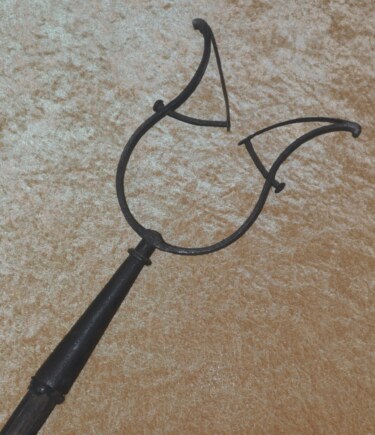 German “Man Catcher”, 16th/17th C
German “Man Catcher”, 16th/17th C  WWII Nazi Army Enlisted Dress Sword
WWII Nazi Army Enlisted Dress Sword 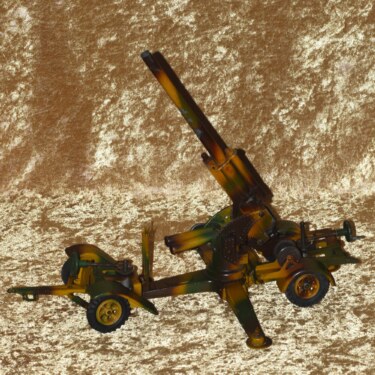 Pre-WWII Lineol German Model 88mm Anti Aircraft Gun & Carriage
Pre-WWII Lineol German Model 88mm Anti Aircraft Gun & Carriage